Rising Health Consciousness
The increasing awareness of health and nutrition among consumers appears to be a pivotal driver in the Bread Improver Market. As individuals become more discerning about their dietary choices, there is a growing demand for products that enhance the nutritional profile of bread. This trend is reflected in the rising sales of whole grain and fortified bread products, which often utilize bread improvers to achieve desired textures and flavors. The Bread Improver Market is likely to benefit from this shift, as manufacturers seek to incorporate healthier ingredients that align with consumer preferences. Furthermore, the market for clean label products is expanding, with consumers favoring transparency in ingredient sourcing. This inclination towards health-conscious options may lead to innovations in bread improver formulations, catering to the evolving needs of the market.
Expansion of the Bakery Sector
The expansion of the bakery sector is a crucial driver for the Bread Improver Market. As consumer preferences shift towards convenience foods, the demand for baked goods, including bread, has surged. This trend is particularly evident in urban areas, where busy lifestyles have led to an increased consumption of ready-to-eat products. Market data suggests that the bakery industry is experiencing robust growth, with a projected increase in sales of baked goods over the next few years. Consequently, this growth is likely to stimulate the demand for bread improvers, as manufacturers seek to enhance the quality and appeal of their products. Additionally, the rise of artisanal and specialty bakeries is contributing to this expansion, as these establishments often utilize high-quality bread improvers to differentiate their offerings. The Bread Improver Market stands to gain from this burgeoning sector, as it aligns with evolving consumer tastes.
Technological Advancements in Baking
Technological innovations in the baking sector are significantly influencing the Bread Improver Market. The advent of advanced mixing and fermentation techniques has enabled bakers to produce high-quality bread with improved texture and shelf life. These advancements often rely on specialized bread improvers that enhance dough performance and consistency. For instance, enzymes and emulsifiers are increasingly utilized to optimize the baking process, resulting in superior end products. The market data indicates that the adoption of such technologies is on the rise, with a notable increase in the use of automated baking systems. This trend not only streamlines production but also reduces labor costs, making it an attractive option for bakeries. As technology continues to evolve, the Bread Improver Market is expected to witness further growth, driven by the demand for efficiency and quality in bread production.
Consumer Preference for Artisan Products
The growing consumer preference for artisan and specialty bread products is emerging as a significant driver in the Bread Improver Market. As consumers increasingly seek unique flavors and textures, artisan bread has gained popularity, often requiring specific bread improvers to achieve desired characteristics. This trend is reflected in market data, which indicates a rise in sales of artisanal bread, with consumers willing to pay a premium for high-quality products. The Bread Improver Market is likely to adapt to this demand by offering specialized improvers that cater to the needs of artisan bakers. Furthermore, the emphasis on traditional baking methods and natural ingredients aligns with the clean label movement, further enhancing the appeal of artisan products. As this trend continues, the Bread Improver Market may witness increased innovation and product development to meet the expectations of discerning consumers.
Sustainability and Eco-Friendly Practices
Sustainability initiatives are becoming increasingly relevant in the Bread Improver Market. As consumers grow more environmentally conscious, there is a rising demand for sustainable and eco-friendly ingredients in food production. This trend is prompting manufacturers to explore natural and organic bread improvers that align with consumer values. Market data indicates that the demand for clean label and sustainably sourced ingredients is on the rise, influencing purchasing decisions. The Bread Improver Market is likely to respond to this shift by developing products that not only enhance bread quality but also adhere to sustainability standards. Additionally, the focus on reducing food waste and improving supply chain transparency is driving innovation in the sector. As sustainability becomes a core value for consumers, the Bread Improver Market may experience growth opportunities through the introduction of eco-friendly solutions.


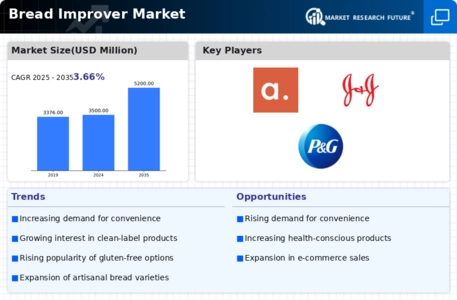

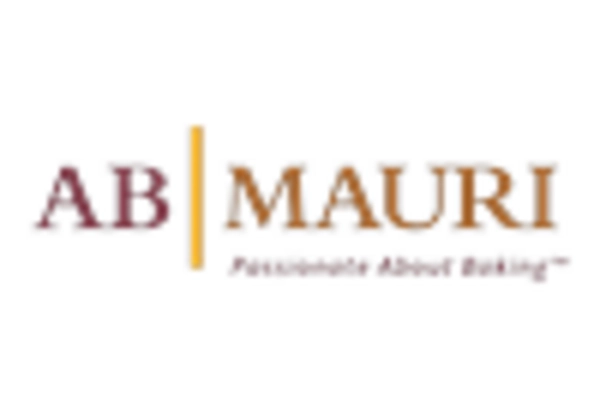
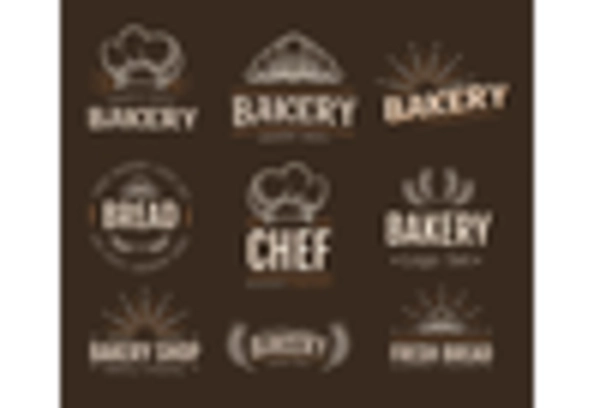


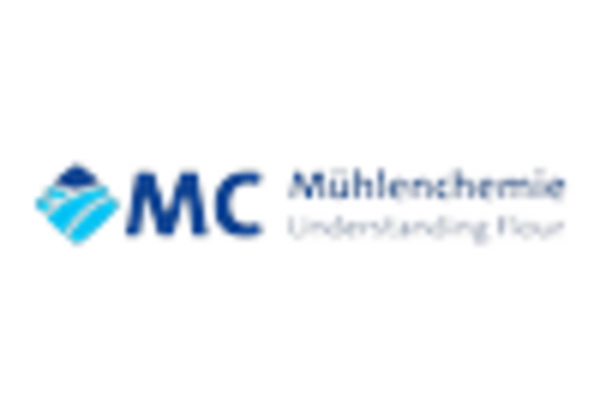
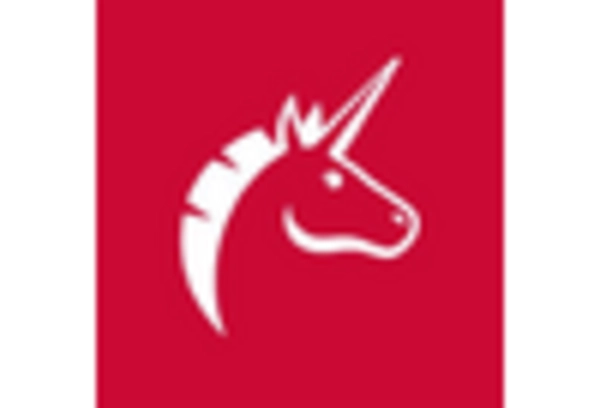








Leave a Comment